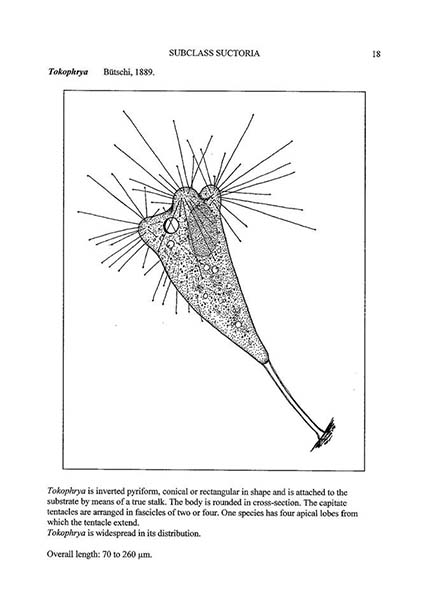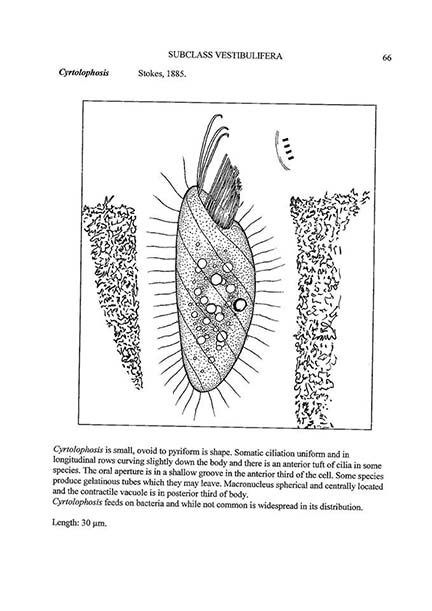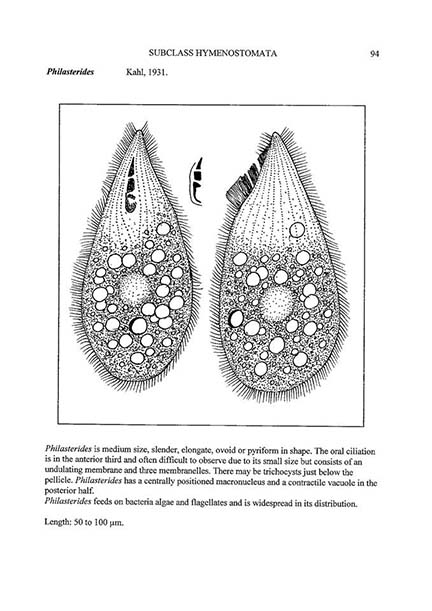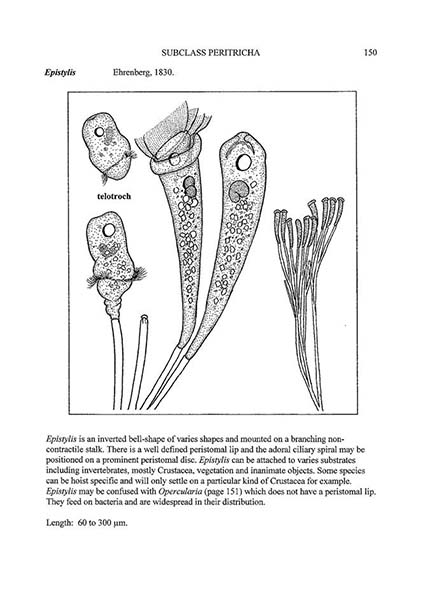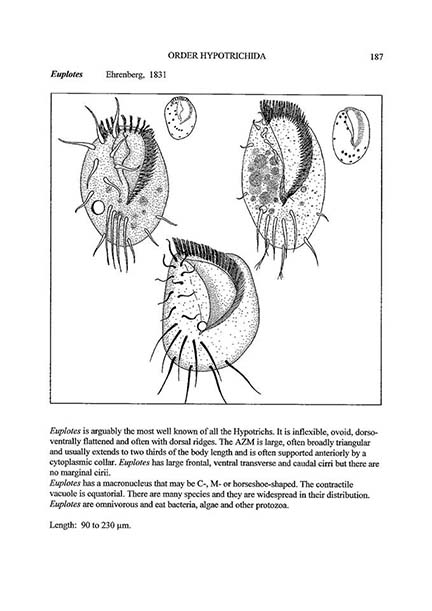The book arrived safely and it is brilliant. I hope you will make it into a series. I will certainly
advertise for it.
It is bigger than I had expected. A smaller size would also be possible but this has the advantage
that it can be easily viewed. You don't need reading glasses. :-) The sending may take some time
but it had to cross half the globe. I hope you will make more of these books David!
all the best,
Wim van Egmond,
The Netherland.
__________________________________________________________________
Mate, what a great publication. I haven't read it all or looked at all of the chapters but what I have
seen has impressed me again!!! I hope that you sell lots of them. Your drawings are second to
none.
Michael Dingley,
Windsor, NSW,
__________________________________________________________________
This book is excellent & a great comprehensive guide. Beautifully illustrated. It is well worth
having.
Anne McCluskey,
Orbost, Victoria
__________________________________________________________________
I received your book today and this is my initial reaction. Absolutely terrific!
I hope you are going to get an ISBN number for it will become a classic along with Kahl and
Stein. I like the part of the intro where you novelize the predator-prey relationship with a
modicum of suspense. Kids could relate to that in class or lectures. Because you used modern
names for genera, it helps us all with proper IDs without relying on ancient nomenclature. I hope
you reap the monetary and recognition benefits of your work before you die. May the force be
with you! (I don't know why I wrote that but it sounds good).
Stephen Cunningham
Baltimore, Maryland . USA
__________________________________________________________________
David, the book arrived yesterday, this is obviously a life's work of dedication and passion!
Bravo Maestro! Its fantastic! What percentage of the Ciliates in your book exclusive to Australia,
and what percentage do you think are worldwide? I will let you know when I have a chance to
read the book also.
Steven Koves,
Jackson, Wisconsin
USA
__________________________________________________________________
BOOK REVIEW - DAVID G. SEAMER'S BOOK, "An Illustrated Guide to Freshwater Ciliates
from Australia" is a must-have reference to the confusing world of Ciliophora. 193 pages of
information representing numerous genera of the phylum is a great start for the serious enthusiast
trying to identify what they see through the microscope. The information provided for each
genera is a guide for further study.
The taxonomy for many genera is up-to-date and sometimes overrides ancient nomenclature
giving the student a better foothold for study.
The introduction contains a suspenseful scenario of a predator lurking in the shadows waiting for
unsuspecting prey to blunder near enough to snatch. It sets the scene for the exciting, unexpected
and intriguing world of freshwater microscopy.
Using terms familiar to most hobbyists to describe the anatomy of the cells makes learning the
various anatomical variations that separate the genera easier. Included are diagrams describing
these features and a glossary for easy reference.
The spiral-bound 8-inch by 12-inch format provides a large pallet for his drawings accompanied
by a paragraph of morphological information including the size of each cell representing a genus.
The book lays flat leaving the hands free to peer through the microscope and compare with the
drawings.
The greatest feature of the book, of course, is Mr. Seamer's drawings. Depicted with meticulous
detail, each page is a work of browse-worthy art that is sure to inspire the amateur microscopist
to look for features they had previously overlooked.
Stephen Cunningham
Baltimore, Maryland. USA
__________________________________________________________________
Book arrived today thanks David! Its beautiful and love the layout...the images are incredibly
detailed....thanks for sharing it with us...the book is created in a manner in which I can lay it out
flat by my scope...which I love....
Jeff Cullinen,
Glenbrook, NSW,
__________________________________________________________________
A true work of art and science!
Dale Harrington,
Boone, North Carolina,
USA.
__________________________________________________________________
"Freshwater Ciliates from Australia" arrived today - and very impressive it is too - Thanks David,
I'm really pleased with it. Wonderful drawings and should be really useful for assistance with
identifying many cosmopolitan species.
Graham Matthews,
West Sussex,
UK.
__________________________________________________________________
This book should have anyone under a microscope watching life in a drop of water, organisms
from a jar, aquarium, puddle or lake.
The Author, David Seamer says so about his work: "the vast majority of illustrated here are
cosmopolitan and performing everywhere in the world, which makes my book universal".
Book 'Illustrated Guide is freshwater ciliates from Australia' can be ordered directly with the
author (David Seamer) at the price of 85,- AUD (Australian dollars, price includes shipping cost
to Poland). There are 170 organisms on 193 pages! It is not a scientific key to tag ciliates, it is
simply an illustrated guide, which makes this position easy to use even for amateurs and people
starting an adventure with water microstructure.
Mikroskopy PZO, Zeiss I inne.
Poland.
__________________________________________________________________
Your book has arrived today and I immediately opened it: your drawings are very very clear and
the description is easy to understand, congratulations! Normally I used the famous Kahl
“Wimpertiere oder Ciliata (Infusoria)” and Berger & Foissner “Taxonomische und okologische
Revision der Ciliaten des Saprobiensystems” all with a lot of drawings and descriptions but I
think your book is by far more easy and fast to use. Why not a book by you about flagellata (sure
I’ll buy it)?
Your book will be ever here near my Universal microscope, thank you (also from microscopists
community).
Alessandro bertoglio
Turin,
Italy.
__________________________________________________________________
Your book arrived yesterday and I am delighted with it.
The innumerable hours you spent drawing the organisms, coupled with your research and
knowledge have delivered an extremely useful book. I don’t know if the spiral binding was
deliberate or a happy accident, but I find the format very useful, as spiral-bound books stay open
at the page you want.
Thank you for all your work and the book’s swift despatch.
Mark Papp,
Wembley,
Middlesex,
United Kingdom.
__________________________________________________________________
Today received a wonderful book by David Seamer "freshwater ciliates from Australia". a
beautiful guide for naturalist - amateur. Thank you very much David!
Sergey Lysak
Kiev,
Ukraine
__________________________________________________________________
David Seamer's book just arrived in the post - I can see that it will be very useful. Large images,
showing the details that you need to see during the identification process - as well as feeding and
other behaviors which become clues. I am really glad that I ordered this book. Well done David!
John MacFarlane,
Vancouver,
Canada.
__________________________________________________________________
I just picked up David Seamer's guidebook to Freshwater Ciliates of Australia (the organisms
don't know what Australia is, many look familiar to me in the U.S.). I find it novice-friendly with
beautifully crafted drawings. For a beginner like me- I confirmed a few finds and I feel smarter
already!
Linda Conover,
New Jersey,
USA.
__________________________________________________________________
After a few weeks traveling by heaven, land and sea, finally came, from the other end of the
world, the book of David Seamer, "Ciliates of freshwater Australia, an enlightened guide" is a
magnificent job, Very well structured and documented in which more than 170 genera are
collected, drawn in a masterful and extraordinarily beautiful way by its author... and this is one of
its main attractions, in addition to its great utility for recognition and knowledge The illustrations
are wonderful and the information it contains, precious thank you! Of these very fascinating
organisms that we can almost find in any drop of water around us. Congratulations and thank you
so much, David!!
Antonio Guillen Oterino,
Lorono,
Spain.
__________________________________________________________________
I’d like to thank David Seamer for sending me a copy of his amazing book entitled “Freshwater
Ciliates from Australia.” If you enjoy exploring freshwater microscopic life, then you’ll want to
buy this book. It’s packed full of useful information and the hand-drawn images are truly works
of art. I use David’s book as a source for quickly identifying and learning about the various
Protozoa I uncover. The book is packed with useful information, which is well documented and
in one place. I commend David for doing such a great job. I highly recommend David’s book.
David Berger,
MI,
USA.
__________________________________________________________________
Today I received my copy of David Seamer's Illustrated Guide to Freshwater Ciliates from
Australia. I've had a good old play with it, flicking through the pages, reading the descriptions
and envying the lovely diagrams. I like the weight and feel of the book, with its spiral bound A4
format it sits nicely on the table, there are none of those irritating spine folds that prevent you
reading the text in the middle.
The descriptions seem to me to be concise and lucid so I stand a chance of understanding what I
am looking for.
I am a novice in this field - I've looked at prepared slides of a lot of things but I think these
descriptions will certainly help me when it comes to identifying living creatures, and although it
is a specifically Australian text many of the organisms are ubiquitous anyway. I recommend this
for anyone wanting to look at Freshwater ciliates and identify to genus.
Jacky McPherson,
Hertfordshire, UK.
__________________________________________________________________
Robins I've always preferred good illustrations rather than photograph's for reference material. A
good illustrator like David can show details that get lost in a photo.
Andy Robbins,
East Sussex, UK.
__________________________________________________________________
Finally! A book that can be used by self-taught enthusiasts of freshwater ciliates! David Seamer's
book, 'Freshwater Ciliates from Australia' is for anyone in the world, not only Australia. David's
sense of humor, intelligence and artistic talent shine through on every page. Thank you, David
Seamer, for your dedication to educating people! Your book is the breakthrough I needed.
Linda Bower,
Rogersville, USA.
__________________________________________________________________
Just received both books and can thoroughly recommend them. David is really helpful online,
ordered them at the weekend and they arrived today. I haven’t found anything better to help
identify the myriad of organisms im seeing in pond water samples.
Dr. William Whitehead,
Wales.
__________________________________________________________________
« An Illustrated Guide to Freshwater Ciliates of Australia » by David Seamer.
All his life, David Seamer has been and still is passionate with the microscopic life. He has provided us with the result of his observations collected throughout south east Australia.
Designed in the A4 format, this booklet has 192 pages organized in 15 chapters, with a glossary, and a taxonomic index of some 170 genera.
An introduction describes the outstanding ciliates diversity and presents the bases of ciliates taxonomy.
Each group begins with a glossary diagram and a brief description of its principal features.
The genera are illustrated with a good sized (14 x14 cm) precise line drawing and it is accompanied with a short description (shape, oral and somatic ciliation, nuclei, biotope, etc) and indication of dimensions.
This booklet is a good example of a convenient tool for a large public interested in the ciliate protozoa (amateurs informed or not, students, even biologists).
Jose Fahrni,
Switzerland.
__________________________________________________________________
|

